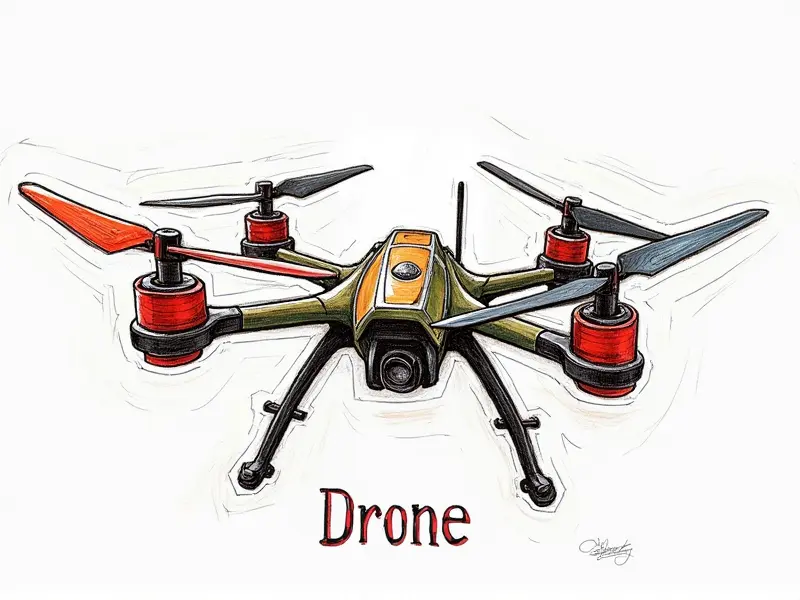How to avoid drone no-fly zones

Fly Smart: Avoiding Restricted Airspace
Operating a drone in restricted airspace can lead to serious legal repercussions and safety hazards. It is crucial for drone pilots to understand the rules governing no-fly zones before taking off. This article will provide you with comprehensive guidance on navigating these areas safely.
Mastering Drone Flight Outside No-Fly Zones
To ensure compliance with regulations, it's essential to familiarize yourself with the Federal Aviation Administration (FAA) guidelines and other relevant authorities in your country or region. Always check for any temporary restrictions due to events like sporting matches, parades, or emergency situations.
Navigate Safely Around No-Fly Zones
- Use approved apps such as B4UFLY by the FAA which provides real-time information on no-fly zones.
- Consult official government websites for up-to-date maps and alerts.
- Keep your drone within visual line-of-sight to maintain control and awareness of surroundings.
Tips for Flying Near No-Fly Areas
Flying near no-fly zones requires extra caution. Here are some tips:
- Avoid flying over densely populated areas without permission.
- Stay clear of airports and military bases.
- Be mindful of privacy laws when filming or photographing people.
Stay Clear of Drone Prohibited Areas
Identifying prohibited areas is vital. These include:
- National parks and wildlife reserves.
- Sensitive government installations.
- Hospitals, schools, and other public institutions.
Avoid Legal Trouble with Drones
Legal issues can arise from unauthorized drone flights. To avoid this:
- Register your drone if required by law.
- Obtain necessary permits for commercial use or filming projects.
- Familiarize yourself with local laws and regulations.
Navigating Drone Restrictions Successfully
To navigate restrictions effectively:
- Plan your flight paths in advance using approved apps.
- Communicate with local authorities if you need special permission for a specific area.
- Stay informed about any changes to existing regulations.
Keep Flying with No Violations
Maintaining compliance ensures continued access to airspace:
- Regularly review and update your knowledge of drone laws.
- Report any violations or suspicious activities to the authorities.
- Promote safe flying practices within your community.
Mastering No-Fly Zone Boundaries
To master no-fly zone boundaries:
- Learn how to interpret flight restriction maps accurately.
- Practice identifying and avoiding restricted areas during test flights.
- Engage in community discussions about drone regulations for better understanding.
Navigate Drones Around No-Fly Zones
Navigating around no-fly zones:
- Select alternative flight routes that comply with all airspace restrictions.
- Utilize terrain features to maintain visual contact while flying safely.
- Carry out pre-flight checks to ensure your drone’s capabilities match the planned route.
Avoid Drone Bans and Zones
To avoid bans and zones:
- Stay informed about any new regulations or temporary restrictions announced by authorities.
- Respect buffer zones around restricted areas to prevent accidental entry.
- Consider the impact of weather conditions on your flight plan.
Conclusion
Avoiding drone no-fly zones is crucial for safe and legal operation. By staying informed, using approved apps, and adhering to regulations, you can enjoy flying without any violations or legal issues. Always prioritize safety and respect the rules set forth by aviation authorities.

